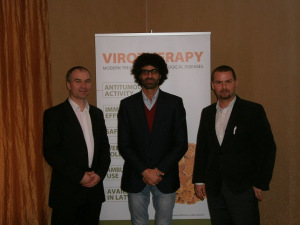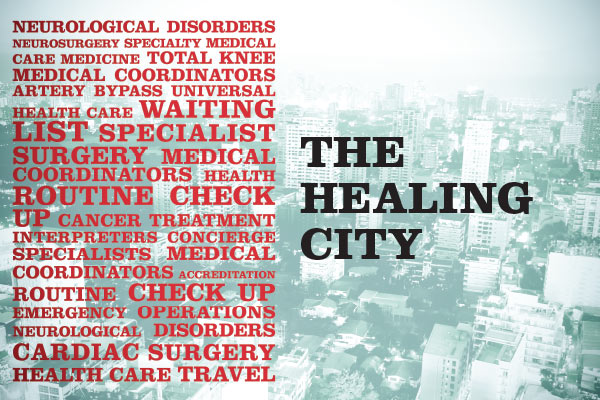Medical tourism market slated to grow at 7% this year; healthcare spending to hit $16.8bn by 2015
The UAE is fast developing into a top draw for medical tourism in the region, with latest research estimating the market valuation at $1.6 billion, with a seven per cent growth expected by end of 2013 as per market research firm, Euromonitor.
This is only fuelled further by the Economic Intelligence Unit Estimates, which calculates the UAE’s healthcare spending to rise to a whopping $16.8bn by 2015.
While researchers can crunch on these figures, the spending is a clear outline of the Masterplan 2020 that will peg the country as one of the top medical tourism destinations in the world.
Speaking at the ongoing Arab Health Congress, Dubai Health Authority Director General Essa Al Haj Al Maidoor spoke about the country’s efforts, explaining: “Firstly, it is important to recognise that it isn’t just the organic medical industry, but other factors also that come into play in boosting our positioning as one of the most sought after health tourism hubs today.
“The UAE’s central geographic positioning, the efforts in connectivity by its airlines, the relaxing of visas have all collectively helped the efforts. It is what you call a one stop shop for all your needs.”
Yet, in the centre of it all are the state of the art facilities and the planned spending in its healthcare sector that continues to draw in the tourists.
The government of Dubai has already taken a proactive step in creating a unified health tourism board, combining the expertise of the DHA, along with that of the Dubai Healthcare City and the Department of Tourism and Commerce Marketing, in facilitating the influx of medical tourists.
“The newly launched tourism initiative under the directive of the Crown Prince and the Chairman of Dubai Executive Council, Sheikh Hamdan bin Mohammed bin Rashid Al Maktoum, is strategising and identifying specialties that will fill market gaps that exist currently to draw in medical tourists,” he explained.
“Investors will be facilitated to invest in the right fields, but expansion is imminent across all specialties.
“We are striving to build a healthy environment that will provide a perfect platform to the people looking for excellent medical care.”
In a landmark move, a joint initiative, spearheaded by the DHA and the General Directorate of Residency and Foreigners Affairs (GDRFA), facilitates overseas patients who wish to seek treatment in Dubai to be able to avail of a three-month medical tourist visa, extendible twice up to nine consecutive months.
Currently, only hospitals with international accreditation such as the Joint Commission International (JCI) and those in the process of securing one will be eligible.
Over the last few years, over 40 hospitals and healthcare facilities have been accredited with the JCI across the UAE, further boosting in medical tourism efforts.
But Dubai isn’t alone in its strategic road mapping, with state of the art hospitals such as the Saudi German, which opened doors last year.
Abu Dhabi’s Mubadala Healthcare is fast making strides with its partnership with the Ohio-based Cleveland Clinic, which will open a 364-bed facility later this year, with room to increase capacity to 490 beds.
The capital also opened doors last year to Burjeel Hospital, tying up with the prestigious Brussels University.
Meanwhile, RAK Hospital has also been heavily promoting medical tourism these past four years, with visitor packages that are both attractive in pricing and healthcare facilities.
When quizzed about the UAE’s placement in medical tourism on a global arena, Al Maidoor admitted that a few challenges yet have to be overcome.
“Staffing is one of the biggest challenges facing the healthcare sector today, but you also can’t deny that UAE is still a very young player in the field of medical tourism,” he said.
“The $1.6bn that is estimated of this market still stands far away from, let’s say Germany, which is in the ballpark of $462bn.
“However, I am very confident that the UAE is going to be a force to reckon with.”
source: http://www.emirates247.com / Home> Business> Economy & Finance / by Bindu Suresh Rai / Tuesday, January 29th, 2013



